1. Fruit Roll-Ups
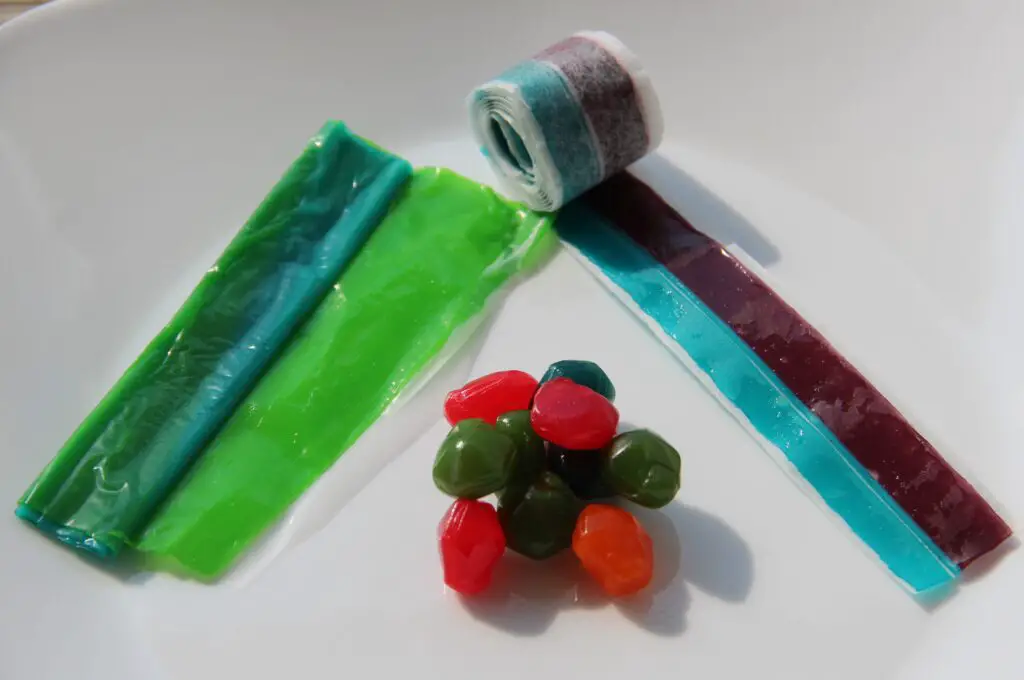
They looked like a fun little sheet of fruity goodness, and we all felt like rebels peeling them off that plastic backing. But underneath the colorful packaging and cartoon mascots, Fruit Roll-Ups were really just sugar bombs. One roll had more sugar than you’d find in some candy bars, and let’s be honest—we rarely stopped at just one. Parents thought they were giving us a fruit-based treat, but “fruit puree” was usually pretty far down the ingredient list says Chowhound.
The texture was oddly sticky, and it practically glued itself to your teeth, which probably gave dentists a lot of job security. Still, they were a staple in lunchboxes across the country. We’d trade them at lunch or stretch them out like some kind of fruity carpet. It felt like a healthy snack at the time, but our blood sugar said otherwise adds Mental Floss.
2. Capri Sun
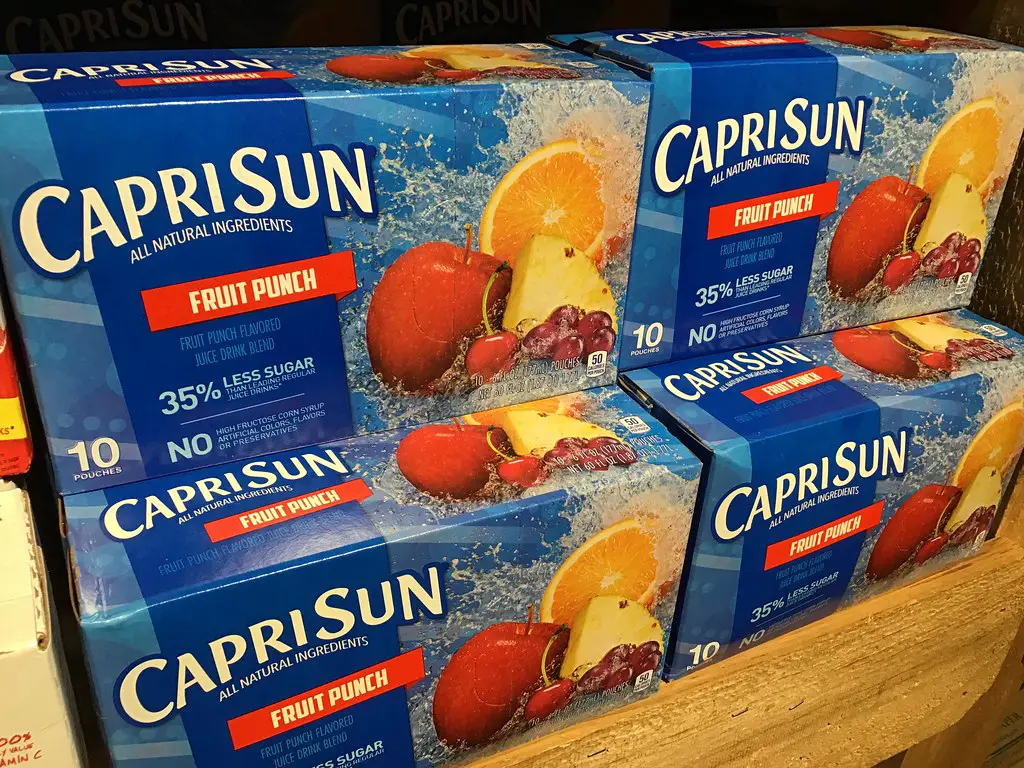
That shiny pouch was like holding liquid gold when you were a kid. Squeezing it felt oddly powerful, and stabbing it with the little straw was a victory in itself. But despite the images of fresh fruit splashed across the front, the drink inside was mostly water, corn syrup, and artificial flavoring. Sure, there was a whisper of juice, but the sugar content didn’t whisper—it shouted shares Parade Magazine.
We slurped it down in seconds and then tried to blow it back up like a balloon. Parents loved it because it seemed cleaner than juice boxes, but those silver pouches were just disguising a sugary drink in sleek packaging. It didn’t quench your thirst so much as rev you up and leave you crashing by recess. But it was the coolest drink in the cooler, no doubt about it says Fast Company.
3. Jell-O Cups
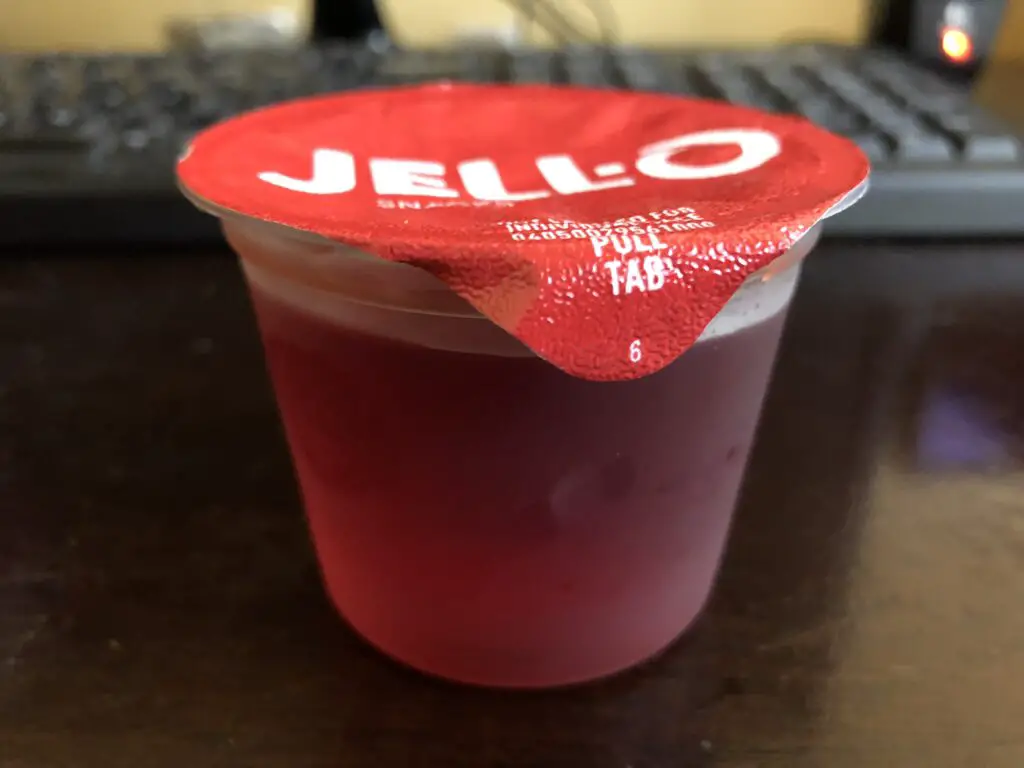
There was something oddly satisfying about spooning out the wiggly blob from a little plastic cup. And while Jell-O always seemed like a safe dessert, those fruity colors weren’t coming from nature. These were sweetened with loads of sugar and artificial dyes, and there wasn’t a vitamin in sight. Some flavors even had whipped cream or marshmallows mixed in, which only added to the sugar overload.
They were lunchbox royalty, though—bright, jiggly, and impossible to ignore. If your mom packed you a cherry Jell-O cup, you were basically cafeteria royalty for the day. But looking back, they were basically flavored sugar water turned into a semi-solid. Still, it’s hard not to smile at the memory of that jiggly goodness.
4. Apple Newtons

They had fruit in the name, so parents felt good about tossing them into our lunch bags. But those little bars were basically cookies in disguise. The filling may have had a touch of fruit puree, but it was mostly sugar, corn syrup, and flavoring. Even the cookie part was sweetened, and eating two or three felt like nothing.
They were soft, chewy, and easy to snack on while watching cartoons. Some kids loved the fig version, but others went straight for apple or strawberry. The fruity filling was tangy and sweet, but definitely more sweet than anything else. We thought we were being healthy—turns out, we were just eating a cleverly marketed treat.
5. Tang
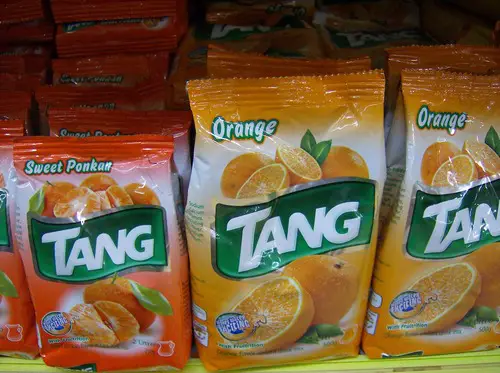
We felt like astronauts drinking it, which made it even cooler. That powdery mix turned a boring glass of water into a neon-orange drink with a kick. But that kick was mostly sugar and citric acid, with just a sprinkle of vitamins to keep up appearances. One glass had way more sugar than orange juice—and none of the actual fruit.
It was a breakfast favorite for many families, especially on busy mornings. The tangy taste was addictive, and it came in big canisters that lasted forever. You could adjust how strong it was, which usually meant we added way too much powder. Healthy? Not quite—but it sure made mornings more exciting.
6. Yoo-hoo
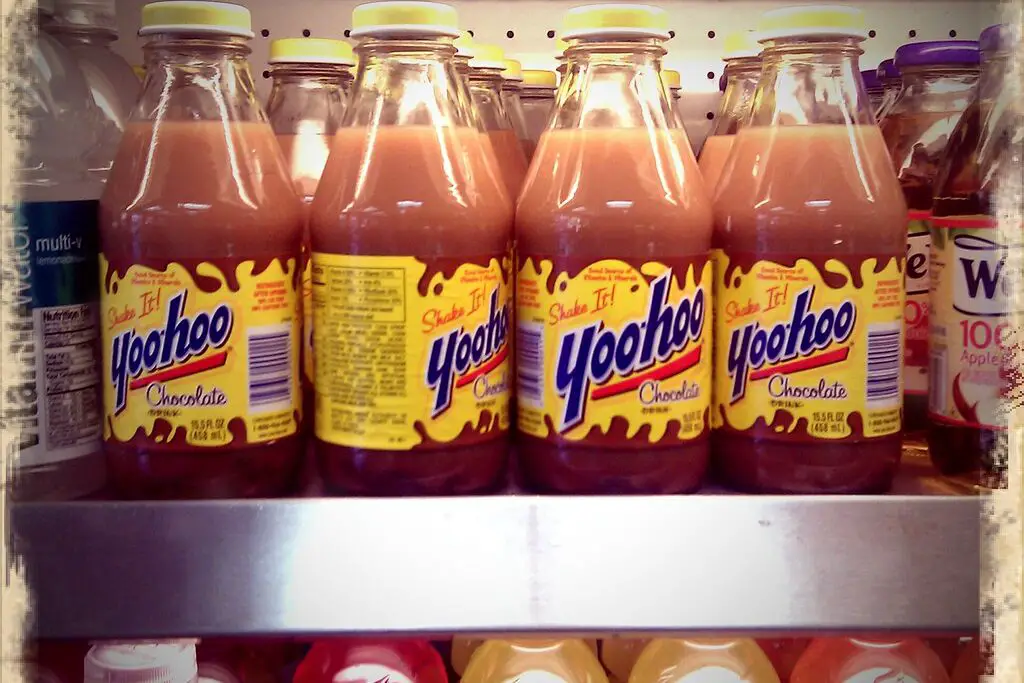
This was the “chocolate drink” that felt like a milkshake but wasn’t actually milk. It was sold as a fun, light alternative to chocolate milk, but really, it was just sugar water with cocoa flavoring. Yoo-hoo was shelf-stable, which should’ve been our first clue that there wasn’t anything too fresh inside. The sugar content was through the roof, and any nutrition was pretty much nonexistent.
Still, it was the drink you begged for on a hot day. It felt indulgent and cool, even though it didn’t taste anything like real chocolate milk. That smooth texture and brown bottle made it feel like a grown-up treat. But if you turned the bottle around, you’d see more chemicals than cocoa.
7. Pop-Tarts
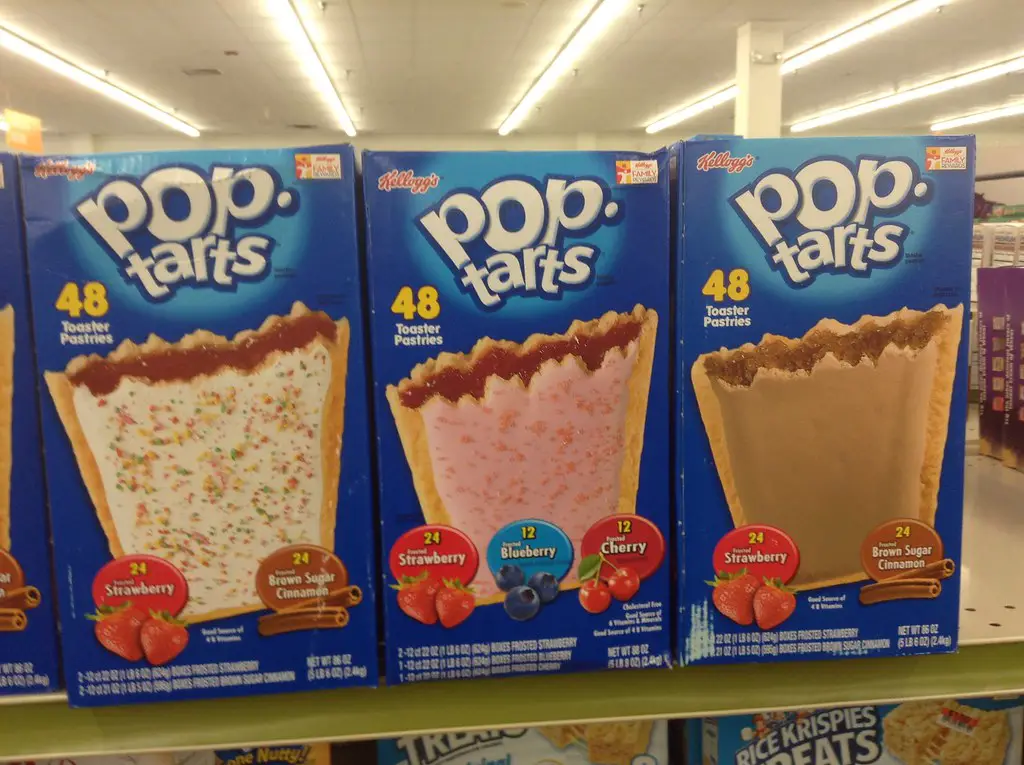
They came in those shiny foil packets and promised a breakfast you could hold in your hand. Some people toasted them, others just ate them straight out of the wrapper, cold and crumbly. But whether it was strawberry, cinnamon, or that mysterious blue frosting, each one was packed with sugar and white flour. Even the “fruit” versions barely had any actual fruit in them.
We thought they were convenient—and they were—but nutrition was clearly not the priority. A pair of Pop-Tarts could spike your blood sugar before the school bell even rang. Some parents even believed the “part of a balanced breakfast” line from the commercials. It was a fun treat, sure, but not exactly how nutritionists would start the day.
8. Quaker Chewy Granola Bars
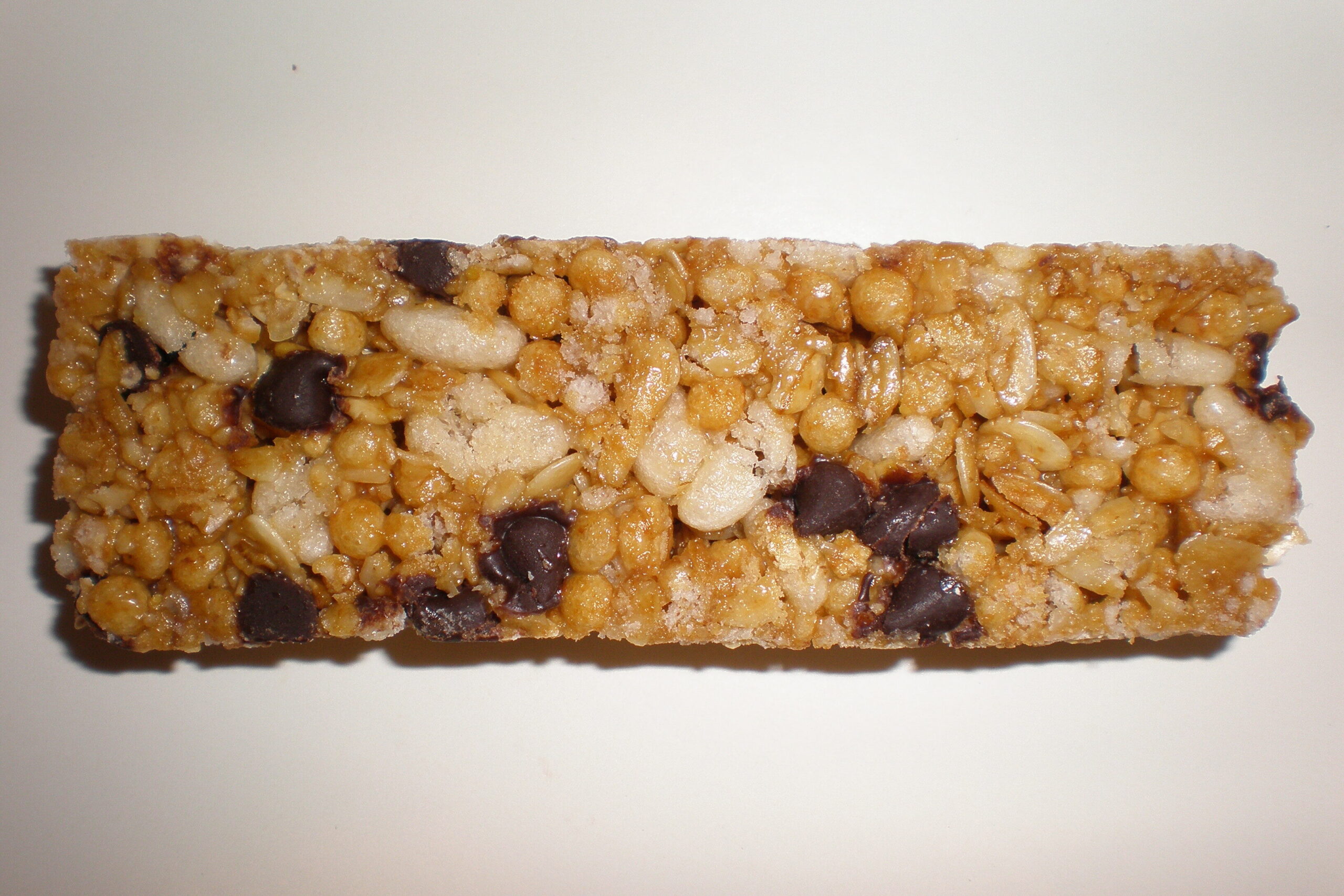
With their earthy name and promises of oats and grains, these bars looked like the picture of health. But the chewy texture came from corn syrup, and they often had chocolate chips or sugary coatings that turned them into dessert. The oat base gave it a wholesome vibe, but the sugar count told a different story. Even the peanut butter flavor had more sugar than protein.
Kids loved them because they tasted like candy bars, and parents thought they were making a better choice. It felt like a win-win at the time. But in reality, they were just another cleverly disguised sweet snack. Still, they were easy to toss into backpacks and tasted way better than plain granola.
9. Raisins in a Box
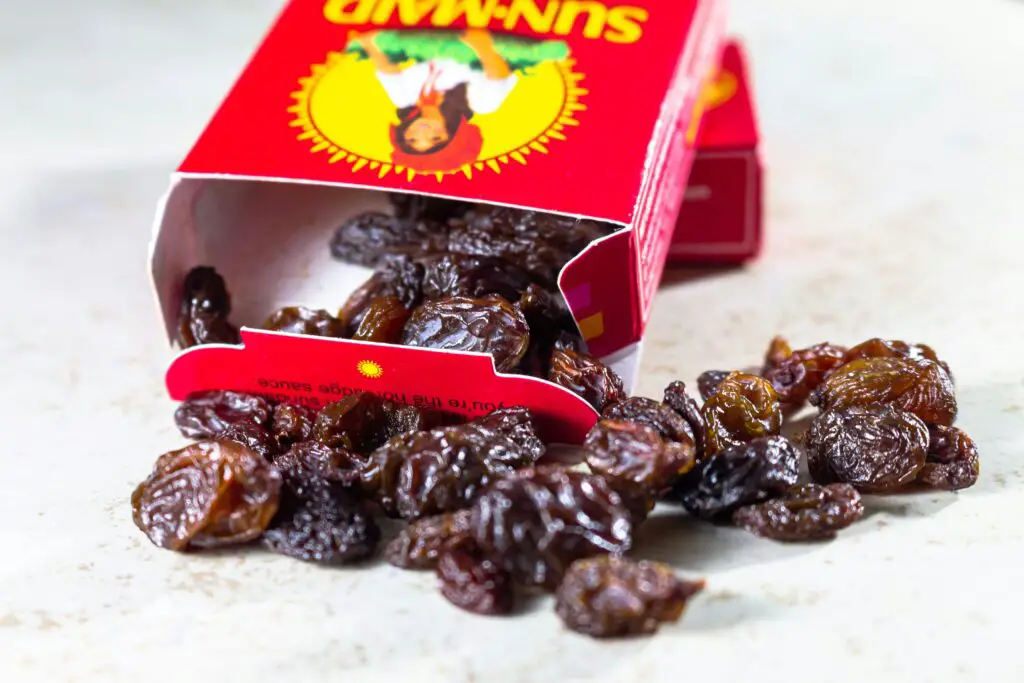
Ah, the little red box that looked so innocent. Raisins are fruit, sure, but when they’re dried, they become little sugar bombs. Natural sugar or not, it still hit the bloodstream fast, especially in kid-sized handfuls. Plus, some brands added extra sugar or oil to make them shinier and more appealing.
We’d shake the box like maracas and pop them in like candy. They were sticky, sweet, and easy to overeat without even realizing it. Parents loved them because they weren’t “candy,” but our dentists probably had a different opinion. They were better than gummy bears—but not by much.
10. Kool-Aid
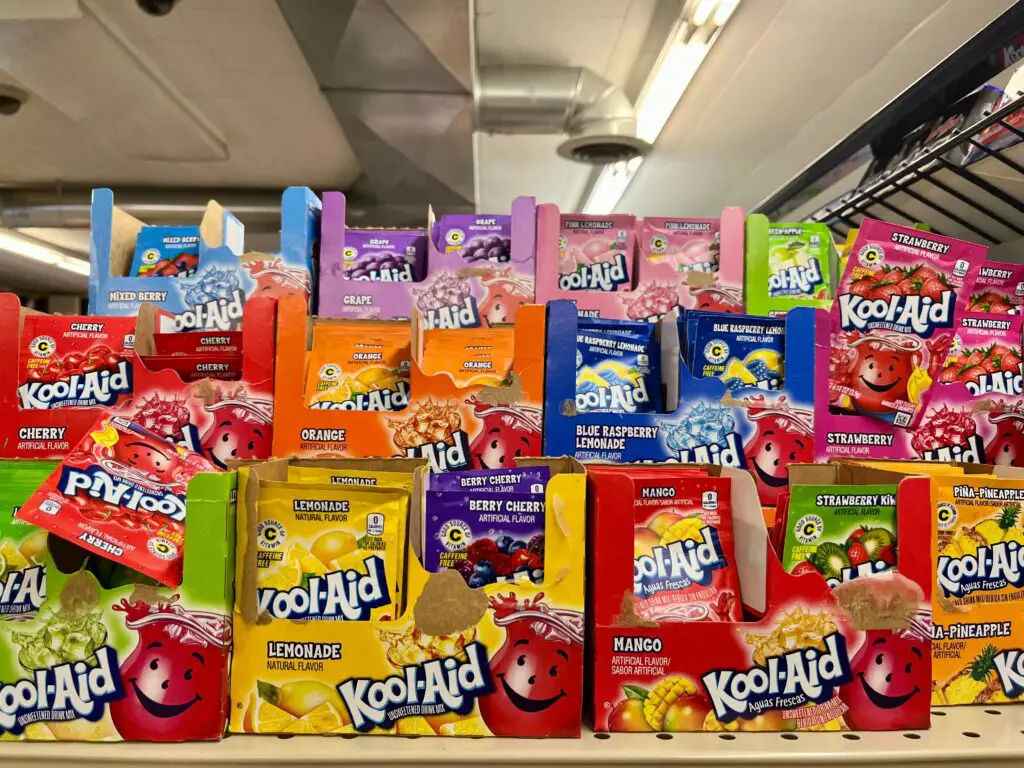
You just had to add water and a lot of sugar. The little packets were cheap and came in every color of the rainbow, but they were pure sugar and flavoring once you mixed them up. There wasn’t a drop of real fruit involved, despite the cheerful images of grapes, cherries, or oranges on the front. The official recipe called for a full cup of sugar per pitcher—yikes.
We guzzled it by the glass, especially during summer. That giant Kool-Aid Man crashing through walls was enough to get us excited about hydration. But we weren’t really hydrating—we were sipping on liquid candy. Still, nothing hit quite like cold Kool-Aid on a hot day.
11. Pudding Cups
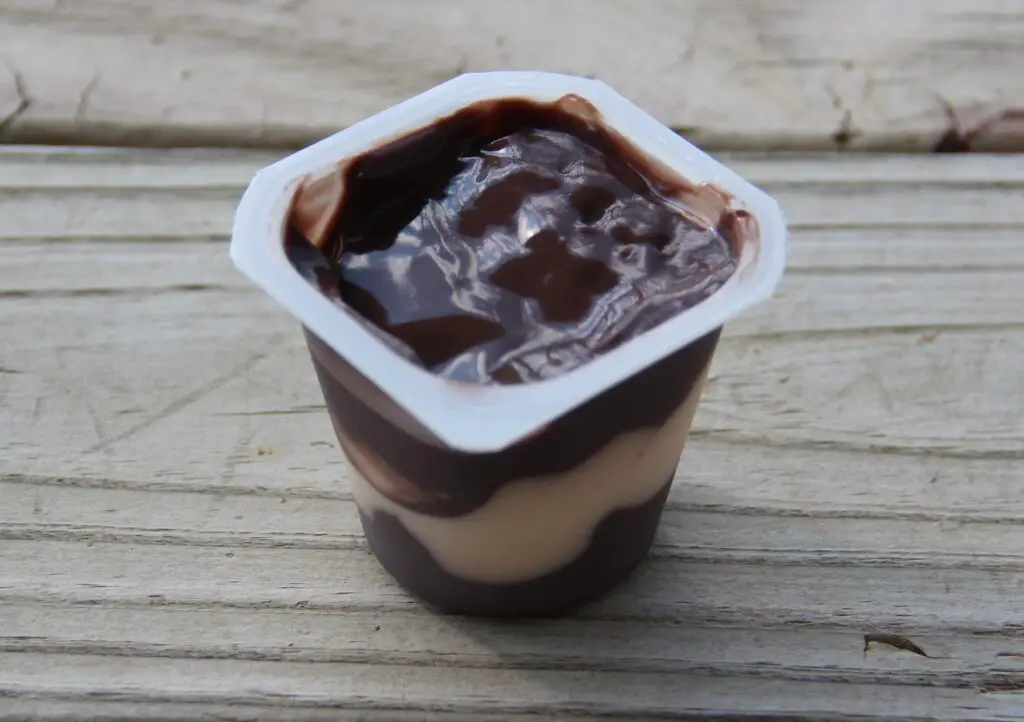
They came in those little plastic containers and felt like dessert royalty. Whether it was chocolate, vanilla, or butterscotch, pudding cups were creamy, sweet, and undeniably addictive. But look at the label, and you’d find sugar as a leading ingredient—sometimes followed by corn syrup and artificial flavoring. There was no nutritional reason for these to be in your lunch, but they showed up anyway.
We peeled back that foil lid like it held gold. Some kids licked it clean before even touching the pudding. It was smooth, rich, and tasted way more like a treat than a snack. Still, parents let it slide because it wasn’t quite as messy as a candy bar.
12. Graham Crackers with Frosting

This DIY treat was a lunchroom favorite—two graham crackers with a thick smear of store-bought frosting sandwiched in between. Graham crackers might sound healthy, but they were already sweetened, and adding frosting turned them into a sugar-laden dessert. Some kids even dipped them in chocolate pudding for an extra boost. It was the kind of snack that made teachers sigh but kids cheer.
Parents probably thought they were being creative, giving us a fun “snack hack.” But there was nothing remotely nutritious about it. The frosting alone was basically pure sugar with a dash of food coloring. It was tasty, sure—but “healthy” wasn’t in the equation.
13. Lucky Charms in a Baggie
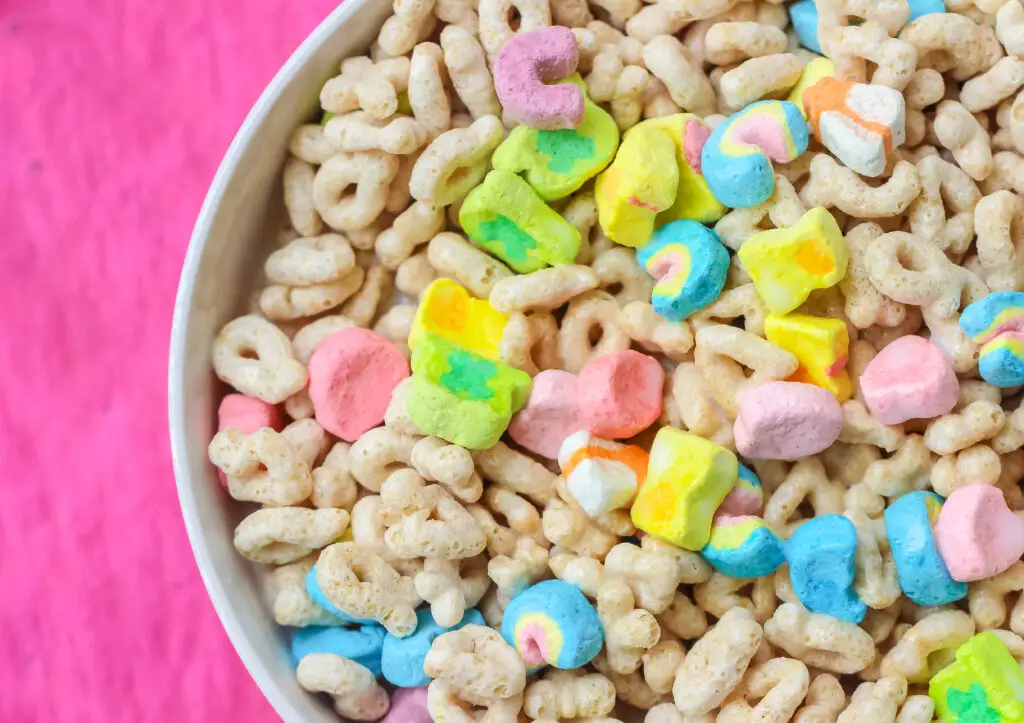
Some parents figured cereal was fine as a snack, especially if it was dry. And hey, Lucky Charms had oats and whole grains, right? But those pastel marshmallows were nothing but puffed sugar, and the cereal itself wasn’t much better. A little baggie of this stuff might as well have been candy disguised as breakfast.
We’d fish out the marshmallows first, of course—those were the real treasure. The little moons, stars, and clovers melted in your mouth like cotton candy. It felt like a loophole, getting away with eating cereal as a snack. But health-wise, it was a big swing and a miss.
14. Snack Pack Gelatin with Fruit
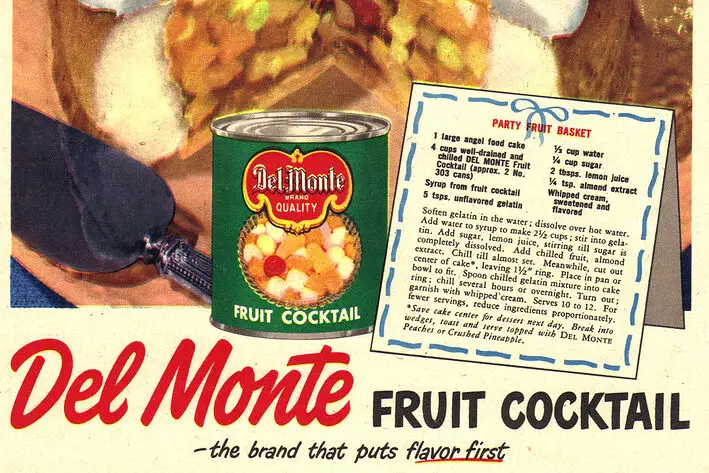
These tried to straddle the line between dessert and nutrition. A little fruit floating in gelatin seemed like a good idea, but that gelatin was basically a jiggly cube of sugar. The fruit was often syrupy or canned, which only added to the sugar count. It looked like a balanced bite, but it was mostly sweet and slippery.
Kids loved the texture, especially fishing out the floating peaches or pears. It felt like eating a science experiment, which made it even more fun. Parents thought it was a clever way to get fruit into our diets. But if you looked past the packaging, you’d see more sugar than substance.
